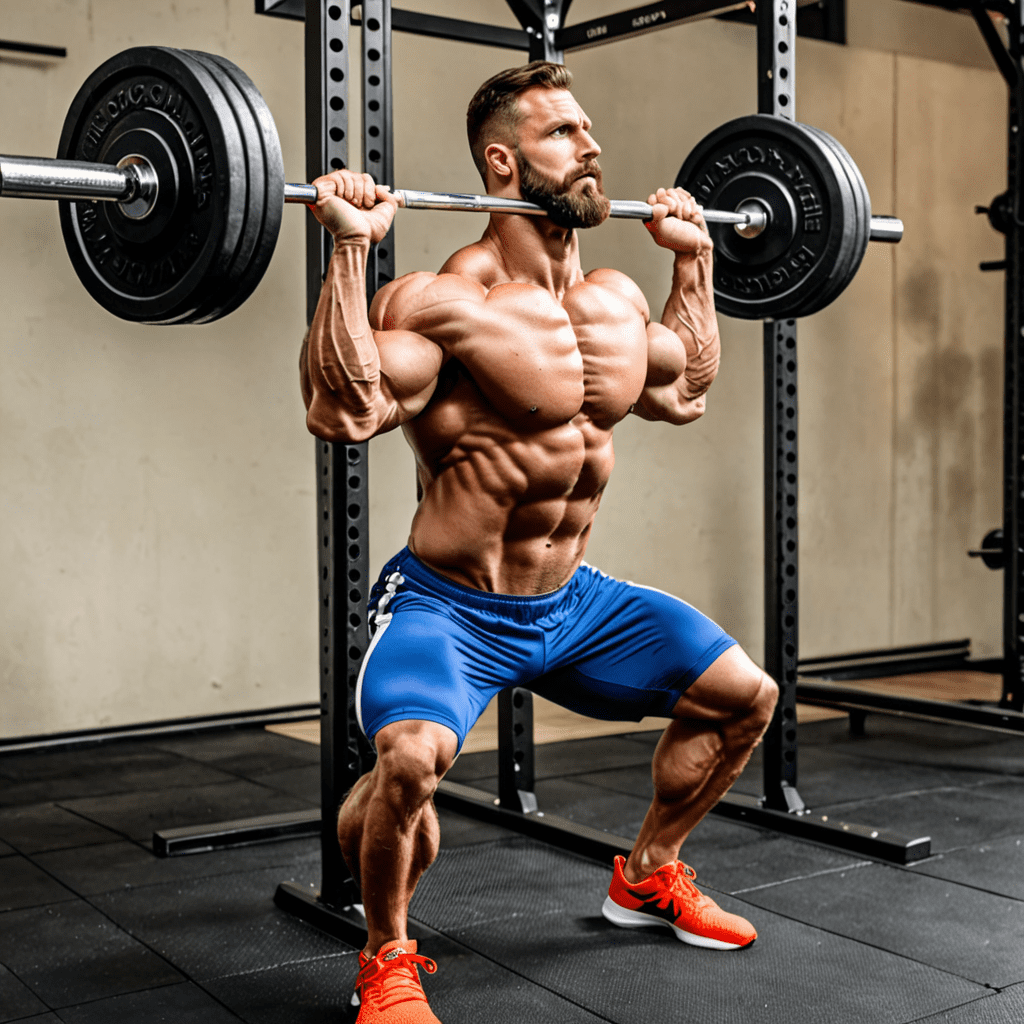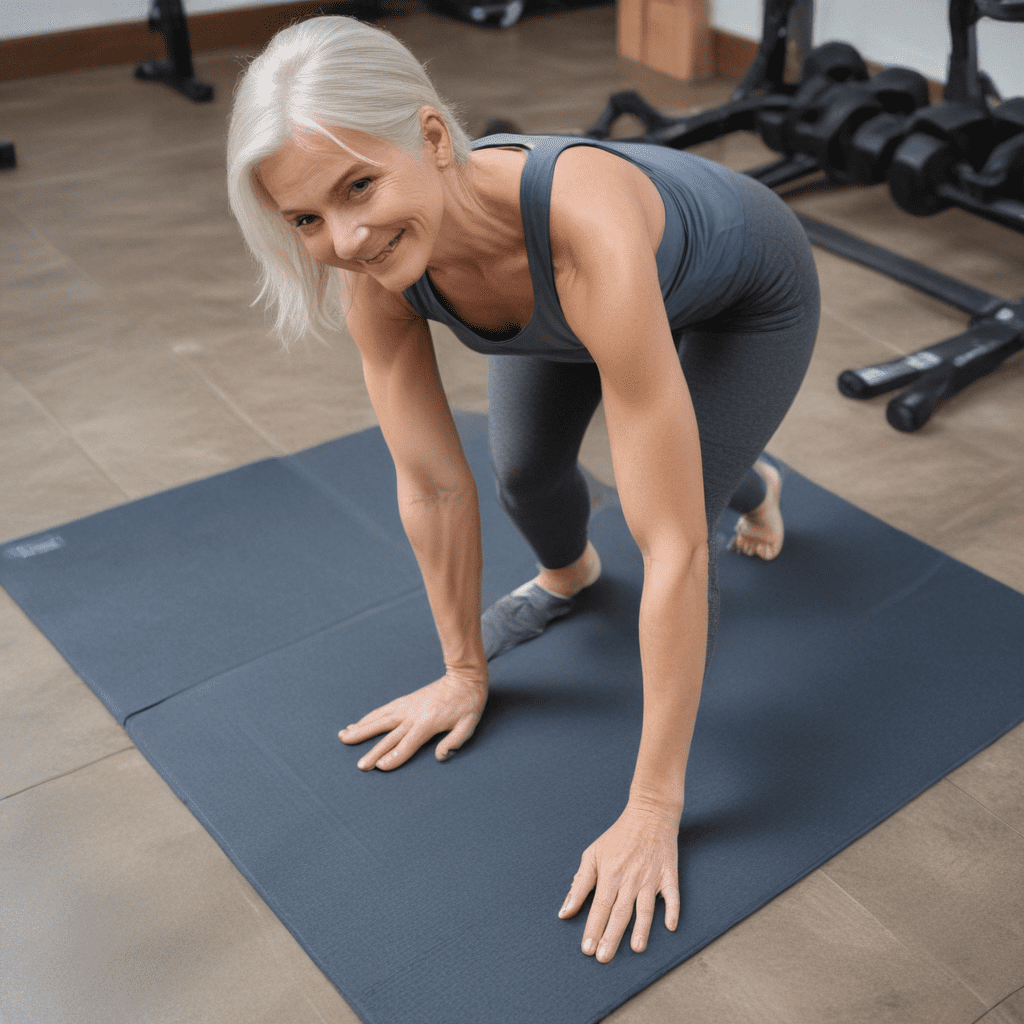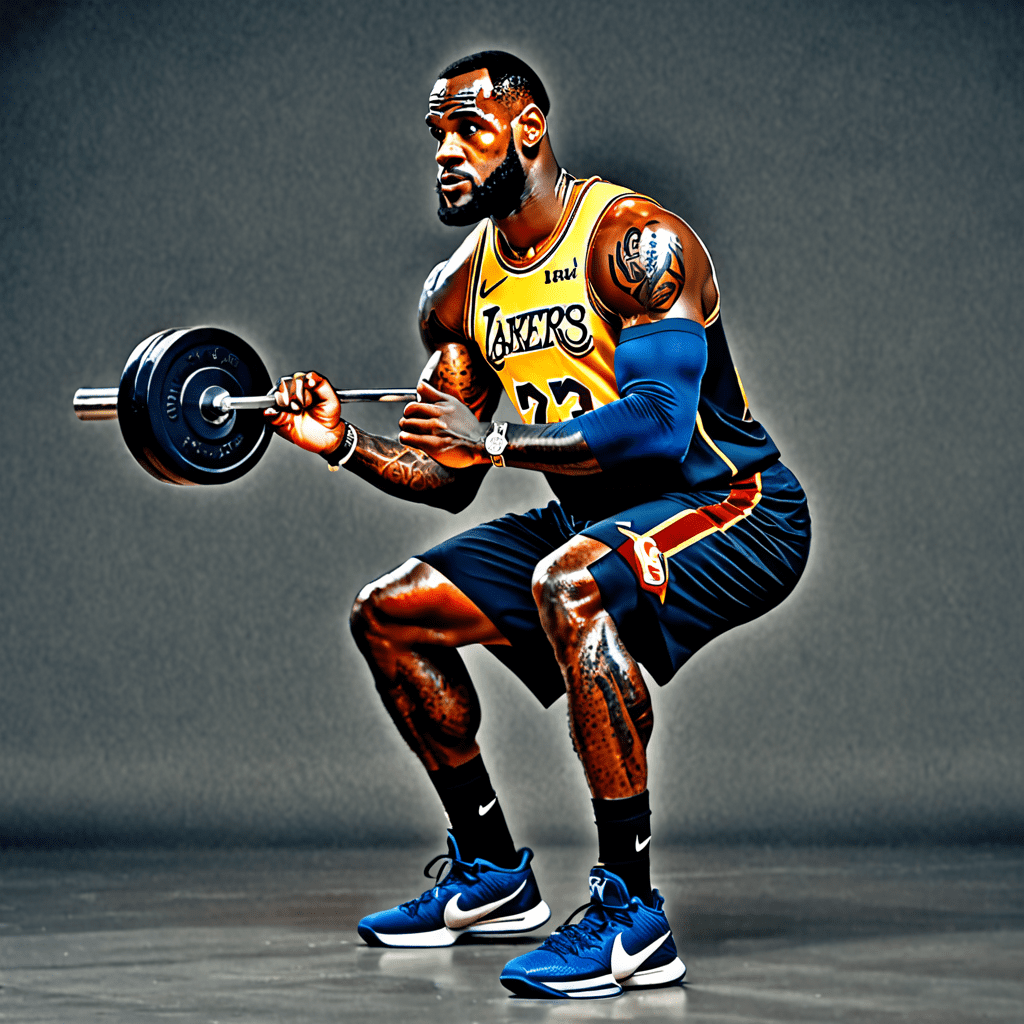
Mastering the Proper Bar Positioning for a Powerful Squat
When it comes to performing a squat, proper bar positioning is crucial for maintaining balance and maximizing strength. In this article, we will delve into the different bar placement options and provide tips on how to hold the bar for squatting with confidence and efficiency.
1. High Bar Squat
The high bar squat is a popular technique that involves placing the barbell on the upper trapezius muscles, just below the base of the neck. This positioning allows for a more upright torso, placing emphasis on the quads, hamstrings, and glutes. Follow these steps to hold the bar for a high bar squat:
- Approach the barbell and ensure it is securely racked at an appropriate height.
- Position your hands slightly wider than shoulder-width apart, gripping the bar with a firm grip.
- Step under the barbell and place it on your upper trapezius muscles, using your hands to balance and stabilize the weight.
- Create a shelf with your traps by shrugging your shoulders up toward your ears, creating a stable surface for the bar to rest on without causing discomfort or pain.
- Position your elbows slightly downward and maintain an upright posture throughout the movement.
2. Low Bar Squat
The low bar squat places the barbell lower on the back, specifically on the rear deltoids. This technique shifts the center of gravity slightly backward, engaging the hips and posterior chain to a greater extent. Here’s a step-by-step guide on how to hold the bar for a low bar squat:
- Approach the barbell and ensure it is securely racked at an appropriate height.
- Position your hands wider than shoulder-width apart, gripping the bar with a firm grip.
- Step under the barbell and place it on the rear deltoids, just above the spine of the scapula.
- Lean forward slightly, allowing the bar to rest on the shelf created by the rear deltoids.
- Position your elbows back and downward, pointing toward the floor, to maintain stability and prevent the bar from rolling forward during the movement.
3. Safety Considerations
No matter which bar position you choose, safety should always be a top priority. Here are a few key safety considerations to keep in mind:
- Ensure the bar is securely racked and properly loaded before attempting to hold it.
- Gradually increase the weight over time to allow your body to adapt and minimize the risk of injury.
- Always use collars to secure the weights on the bar and prevent them from shifting during the squat.
- Maintain a neutral spine throughout the movement to protect your back and reduce the risk of strain or injury.
- If you experience any pain or discomfort, adjust the bar placement or seek guidance from a qualified fitness professional.
4. Tips for Comfortable Bar Holding
Holding the bar in the correct position is essential for a comfortable and effective squat. Here are a few additional tips to ensure a secure and comfortable bar hold:
- Warm up adequately before attempting heavy squats to increase mobility and flexibility in the shoulders, wrists, and upper back.
- Experiment with different grip widths and hand positions to find what feels most comfortable for your body.
- Use bar pads or towels to cushion the bar if it causes discomfort on your back or shoulders.
- Engage your lats by pulling your shoulder blades back and down to create a stable foundation for the bar.
- Consider using lifting straps or wrist wraps if you struggle with grip strength or hand/wrist discomfort.
5. Common Mistakes to Avoid
When learning how to hold the bar for a squat, it’s important to avoid common mistakes that can compromise form and efficiency. Here are a few mistakes to watch out for:
- Placing the bar too high on the neck or too low on the back, leading to discomfort or improper weight distribution.
- Allowing the wrists to bend excessively, which can cause strain or pain.
- Leaning too far forward or backward during the squat, putting unnecessary stress on the lower back.
- Failing to maintain a tight upper back and core, which can result in a loss of stability and control.
- Using a grip that is too narrow or wide, limiting your ability to maintain control of the bar and causing imbalances.
FAQ
Q: Should I use a lifting belt when squatting?
A: While the use of a lifting belt is a personal preference, it can provide additional lower back support and stability during heavy squats. However, it is important to develop proper core strength and technique before relying on a belt for support.
Q: How do I know if the bar placement is correct for me?
A: The correct bar placement will feel secure and balanced. Experiment with different positions and pay attention to any discomfort or imbalance. It may take some trial and error to find the optimal bar placement for your body.
Q: Can I squat without a squat rack?
A: Squatting without a squat rack is not recommended, especially when using heavy weights. A squat rack provides a safe and secure way to load and unload the barbell, as well as a catch mechanism in case of failure during the lift.
Q: Should I grip the bar with my thumbs wrapped around or alongside?
A: It is generally recommended to wrap your thumbs around the bar when squatting. This grip provides increased stability and control, reducing the risk of the bar slipping or rolling during the squat.
Q: Can I use a Smith machine for squats?
A: While a Smith machine can be used for squats, it is important to note that the machine guides the movement and limits your range of motion. Free weight squats (with a barbell) are generally preferred as they engage more muscles and require more stabilization.
Q: How important is it to warm up before squatting?
A: Warming up is crucial before any exercise, including squats. A proper warm-up helps increase blood flow, improves mobility, and prepares the muscles and joints for the demands of the squat. Consider incorporating dynamic stretches and light sets of squats before working with heavier weights.
By mastering the proper bar positioning and form in your squats, you can optimize your strength and minimize the risk of injury. Remember to start with light weights and gradually increase the load as your technique improves. If you’re unsure about your form or need assistance, consult with a qualified fitness professional for personalized guidance.

